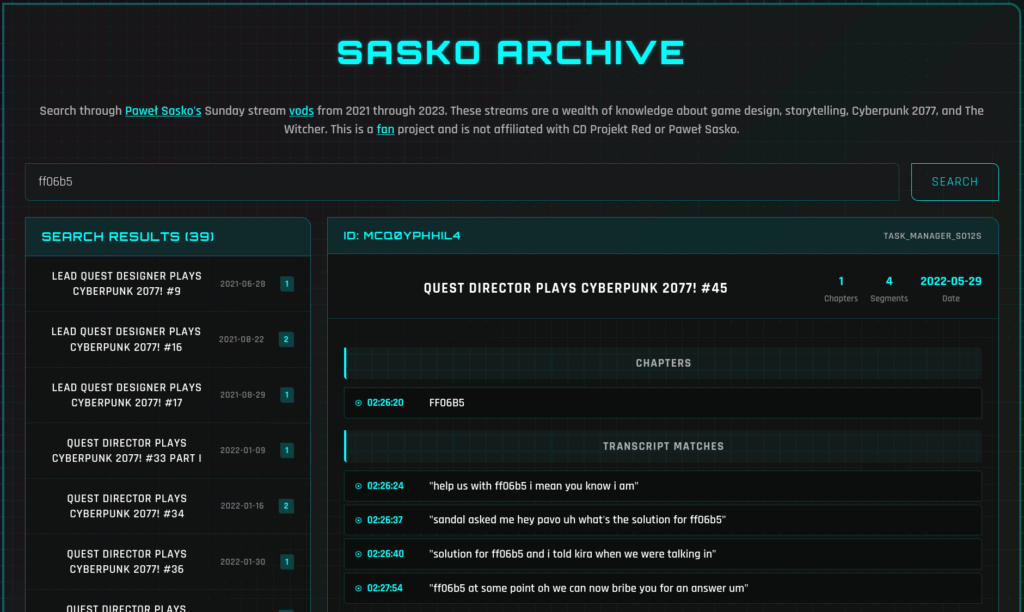Like many people you may be aware of the terrifying concept of an omniscient Algorithm that controls what you see on the internet. And like many people you may think that you’ll never actually understand it, let alone defeat it. It’s too complex.
It’s not. It’s actually incredibly simple and once you understand one basic concept you’ll have all you need to start releasing its control over you.
That concept is: Tailored Content vs. Curated Content.
Curated content is when someone/something is deciding what to show you based on what it likes/thinks is popular.
Tailored content is when content is presented to you based on what you actually like/want to see.
Content on the internet used to be almost entirely tailored. If you wanted to find out about obscure occult books you’d subscribe to alt.books.occult If someone jumped into your tailored content stream with generalized or popular content it was marked as SPAM and ignored.
Now everything presented to us is heavily mixed with content unrelated to what we actually want to see. Try to get YouTube to just show you videos about obscure occult books. You can’t. It will show some related content for a bit and then start showing you completely unrelated popular videos. Why? The goal of the curation engine on YouTube (the Great and Powerful Algorithm) is simply to take whatever you search for and funnel you from there to popular monetized content. The key is monetized. The more popular a video, the more money it makes, the more it will be presented to you.
Taking control back requires a change in perspective. Consider that there are two major models of education: The Generalist and The Specialist. The Generalist believes that a good education must be well rounded. We must seek to learn as much as we can about as many things as we can. The Specialist believes that a good education focuses on one thing completely. We must learn as much as we can about than one thing, and become an expert.
Does The Specialist end up knowing less about the world than The Generalist? No. The more you learn about a single thing, the more you’ll find it connected to all other things. The more you learn about Chess the more you realize how Chess relates to math, psychology, history, and art.
The people who tell you that you must learn a little bit about everything have exactly the same goal as the YouTube Algorithm. They are trying to funnel you to the most popular and most expensive ways of thinking. They are training you to become a consumer of knowledge, not a producer of it.
You need to become The Specialist. Focus on one thing that really interests you. Learn as much as you can about it. Find all the corners of the internet where others who share that interest gather: chat rooms, forums, email lists, blogs. When the fear of missing out comes creeping into your mind, know that is a residual echo of the bad programming you were given by the consumer algorithm. Know that you are doing the work to rewrite that programming.
The last step is to become a producer of content. Take everything you are learning and add to the conversation. Post on the forums, create a blog, support the community in any way you can. This is how you reprogram your relationship to content and in doing so inoculate your mind against the algorithms that seek to control it.


